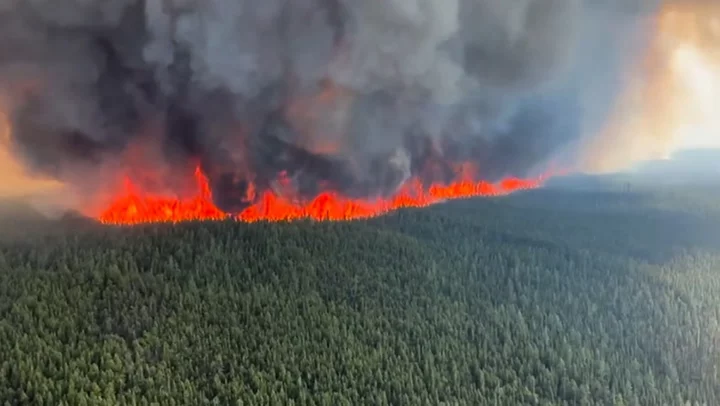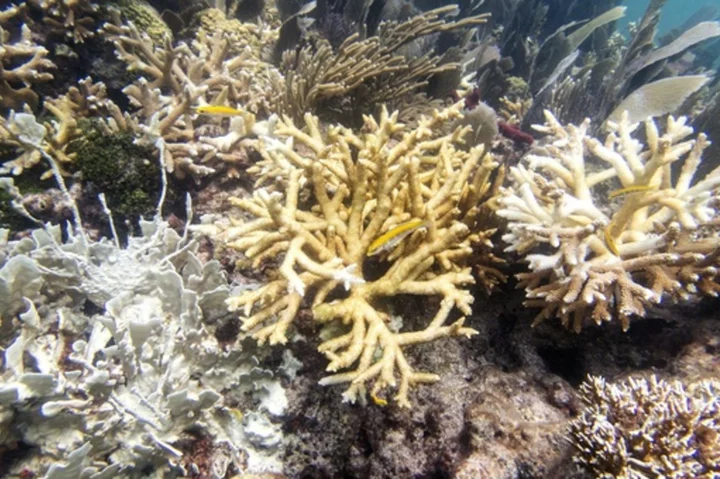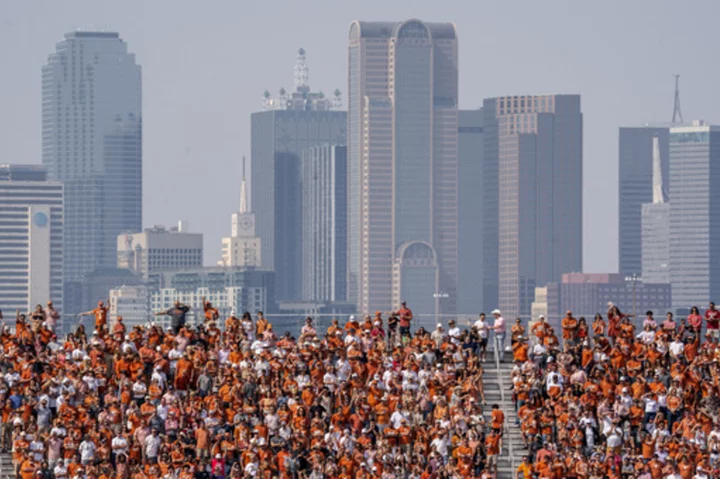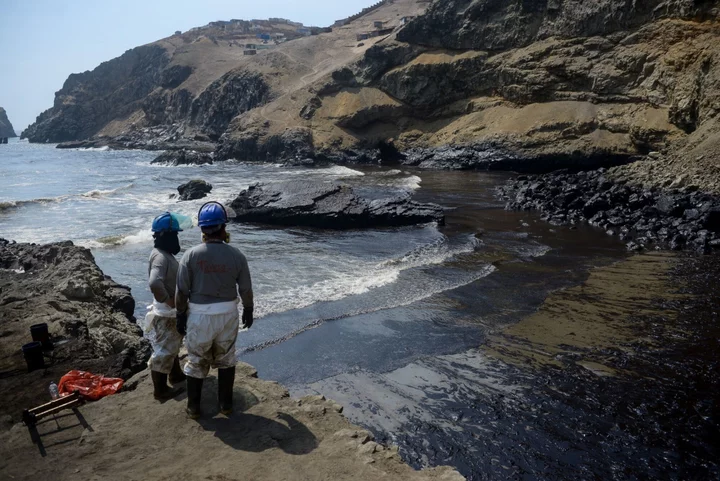TikTok allowed millions of people to see Canadian ‘helicopter’ wildfire conspiracies before taking down videos
Views: 2848
2023-06-19 06:54
More than 400 wildfires are raging across Canada, and misinformation about the blazes is spreading as well, particularly on TikTok. As Media Matters for America (MMFA) noted in a recent analysis, videos on TikTok claiming the fires were started intentionally by helicopters, arsonists, and “directed energy weapons” have garnered millions of views this month, with the false ideas in these videos then spreading to other social media platforms. Only a few of the most viral false videos have been taken down, the analysis notes. Further scrutiny of such claims provides easy evidence to the contrary, with Canadian officials attributing the fires to a combination of lightning strikes, human accidents, and dry, climate crisis-fueled conditions across the country. “We are already seeing one of the worst wildfire seasons on record,” Steven Guilbeault, Minister of Environment and Climate Change, said in a statement earlier this month. “We must prepare for a long summer.” Other videos about the fires featured clips from a controlled burn by fire officials, as well as what was actually a 2015 wildfire, MMFA found. The Independent has contacted TikTok for comment. Tens of thousands of people have been evacuated from their homes including large numbers in Quebec, Alberta and British Columbia. Hundreds of firefighters have arrived from countries like Australia, New Zealand, the US, South Africa, Chile, Costa Rica and France to assist the exhausted Canadian crews. As The Independent has previously reported, misinformation spreads quickly on TikTok during ongoing disasters, thanks in part to public distrust of government officials and an increasingly anti-science bent in US politics. “Social media can be helpful. It alerts people to a situation. It’s a way for widespread dissemination,” Dr Erin Haynes, professor of preventive medicine and environmental health at the University of Kentucky told The Independent in March in the wake of the Ohio train derailment disaster. “But because of that it allows widespread dissemination of false information, so it can go both ways. You have to be very cautious when using social media. Fact-check, find the source of that information.” Read More Canadian wildfire smoke gives Minnesota city the worst air in the US Satellites capture Canadian wildfire smoke pouring into US Midwest Wildfire smoke from Canada might be a problem ‘all summer’

More than 400 wildfires are raging across Canada, and misinformation about the blazes is spreading as well, particularly on TikTok.
As Media Matters for America (MMFA) noted in a recent analysis, videos on TikTok claiming the fires were started intentionally by helicopters, arsonists, and “directed energy weapons” have garnered millions of views this month, with the false ideas in these videos then spreading to other social media platforms.
Only a few of the most viral false videos have been taken down, the analysis notes.
Further scrutiny of such claims provides easy evidence to the contrary, with Canadian officials attributing the fires to a combination of lightning strikes, human accidents, and dry, climate crisis-fueled conditions across the country.
“We are already seeing one of the worst wildfire seasons on record,” Steven Guilbeault, Minister of Environment and Climate Change, said in a statement earlier this month. “We must prepare for a long summer.”
Other videos about the fires featured clips from a controlled burn by fire officials, as well as what was actually a 2015 wildfire, MMFA found.
The Independent has contacted TikTok for comment.
Tens of thousands of people have been evacuated from their homes including large numbers in Quebec, Alberta and British Columbia. Hundreds of firefighters have arrived from countries like Australia, New Zealand, the US, South Africa, Chile, Costa Rica and France to assist the exhausted Canadian crews.
As The Independent has previously reported, misinformation spreads quickly on TikTok during ongoing disasters, thanks in part to public distrust of government officials and an increasingly anti-science bent in US politics.
“Social media can be helpful. It alerts people to a situation. It’s a way for widespread dissemination,” Dr Erin Haynes, professor of preventive medicine and environmental health at the University of Kentucky told The Independent in March in the wake of the Ohio train derailment disaster. “But because of that it allows widespread dissemination of false information, so it can go both ways. You have to be very cautious when using social media. Fact-check, find the source of that information.”
Read More
Canadian wildfire smoke gives Minnesota city the worst air in the US
Satellites capture Canadian wildfire smoke pouring into US Midwest
Wildfire smoke from Canada might be a problem ‘all summer’









